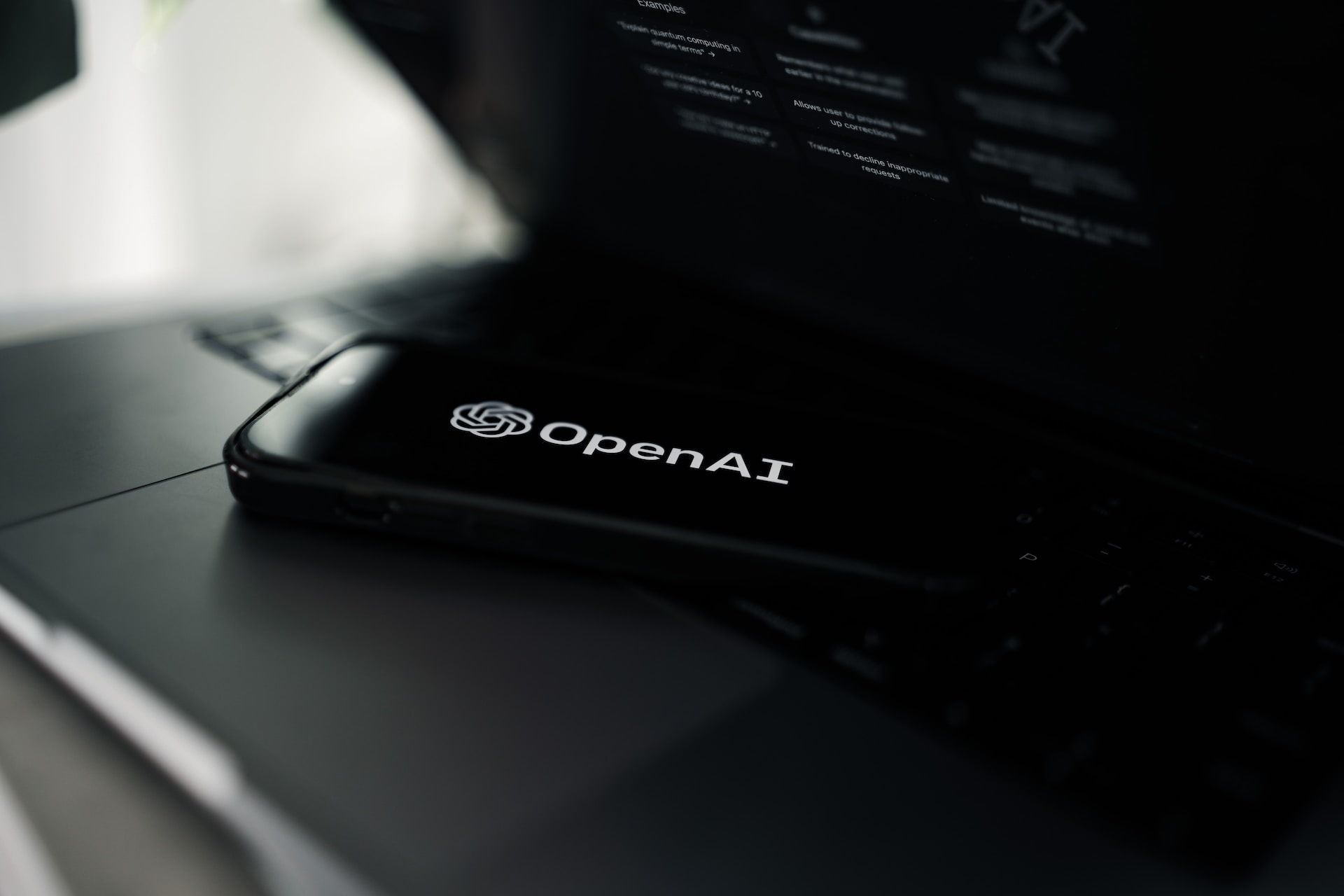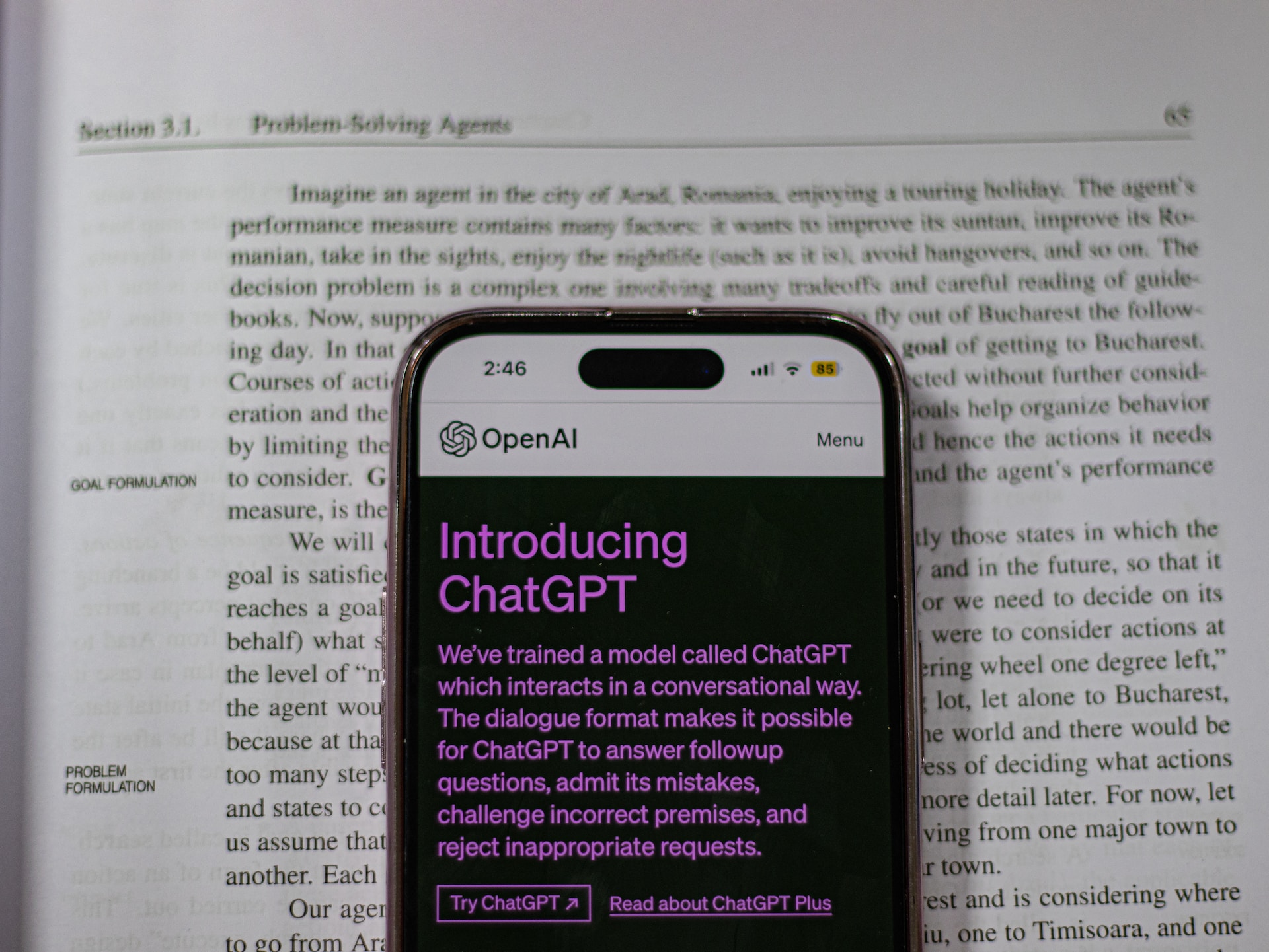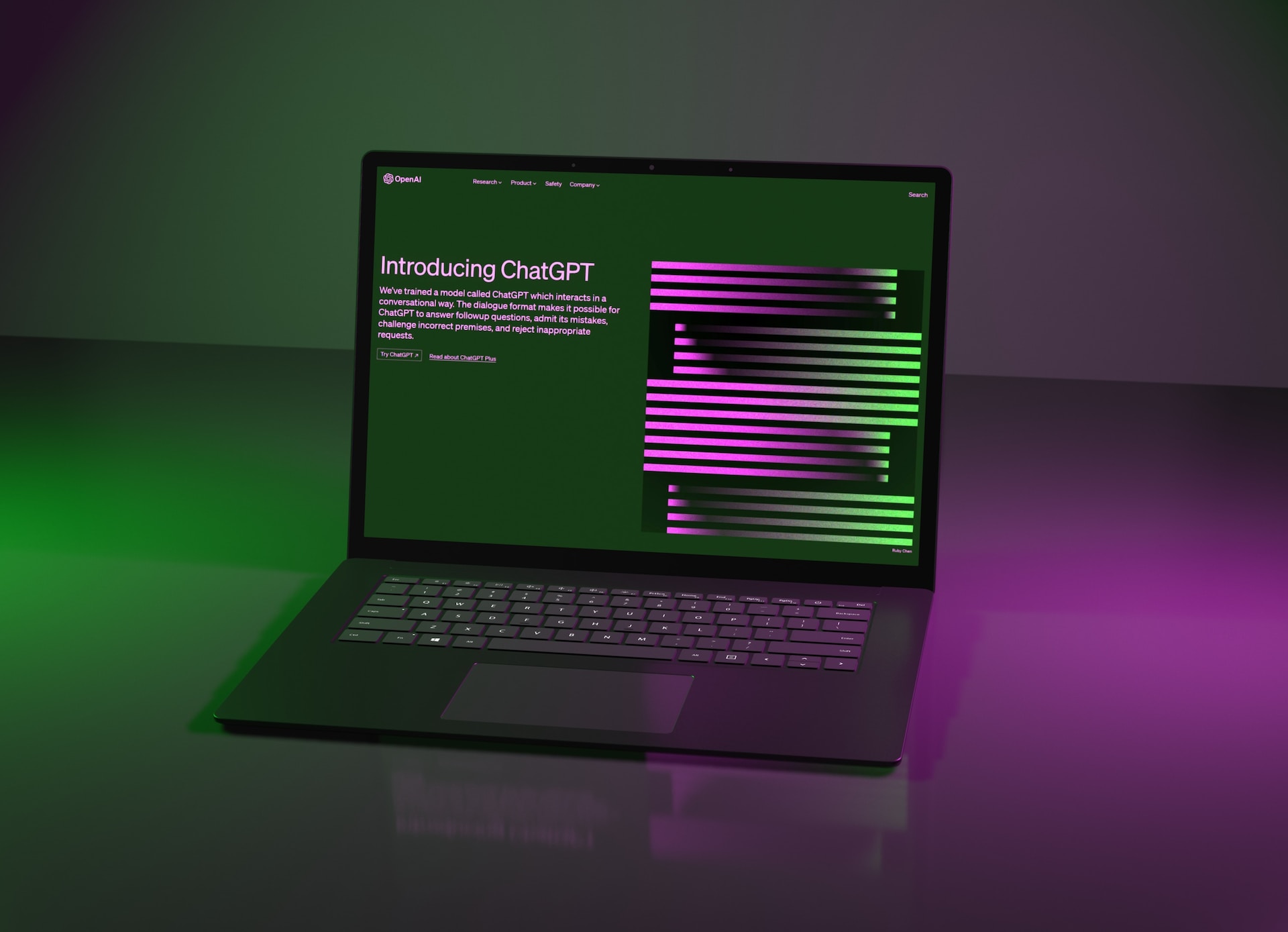Understanding ChatGPT's Memory and Text Capabilities

What is ChatGPT's memory limit?
What are ChatGPT's main limitations?
- ChatGPT can be plausible sounding but nonsensical or wrong.
- ChatGPT can be verbose and repetitive.
- ChatGPT has a limited memory and will eventually lose context of a longer conversation.
Tackling ChatGPT's Tendency to Produce Incorrect or Incomplete Answers
Maintaining Conversational Flow with ChatGPT
- Include conversation history: When sending user messages to ChatGPT, make sure to include prior exchanges. This helps the model maintain context and deliver coherent responses.
- Use the AI's message as input: To improve conversational flow, incorporate the AI's last message as part of the new input. This helps the model understand what it previously said, reducing the chances of repetition.
How to Adjust ChatGPT's Output: Maximizing Relevance and Creativity
temperature and max_tokens. Adjusting these settings can significantly impact the quality and style of the generated text.Balancing Creativity with Temperature
Controlling Response Length with Max Tokens
Max_tokens determines the maximum number of tokens generated in a response. By setting this parameter, you can control the length of ChatGPT's output. Be cautious, though, as setting it too low may result in cut-off or nonsensical responses.
Detecting and Handling Inappropriate Content on ChatGPT
- Moderation tools: Use content moderation tools or APIs to filter the generated text before displaying it to users. These tools can help detect and remove offensive or inappropriate content.
- Provide feedback: Encourage users to report any problematic content generated by ChatGPT. This feedback can be used to improve the model's behavior or to update your content moderation tools.
- Adjust model parameters: Fine-tune ChatGPT's parameters, like temperature, to minimize the likelihood of generating undesirable content. Lower temperatures typically produce more focused and conservative responses.
Related Courses
Advanced ChatGPT for Finance
Learn Advanced Financial Analysis with Generative AI (ChatGPT, Copilot, Gemini and Python)
How to train your AI model with Personal AI
Learn how to create an AI-powered digital twin based on your data with Personal AI.
AI and ChatGPT for Agile Coach
Boost your career! Learn AI tools like OpenAI's ChatGPT and Google's Gemini, and harness their power to streamline processes, drive results
ChatGPT for Finance
Use ChatGPT to boost your productivity in your Finance job
AI For Project Management
If you are not using AI to manage projects, then your competitors who do will outpace and outperform you.
Designing Generative AI for conversations and content
Leverage your content and conversational UX expertise to design user-centered GenAI applications
You might also like

Crafting Engaging Prompts for ChatGPT: Tips and Best Practices

